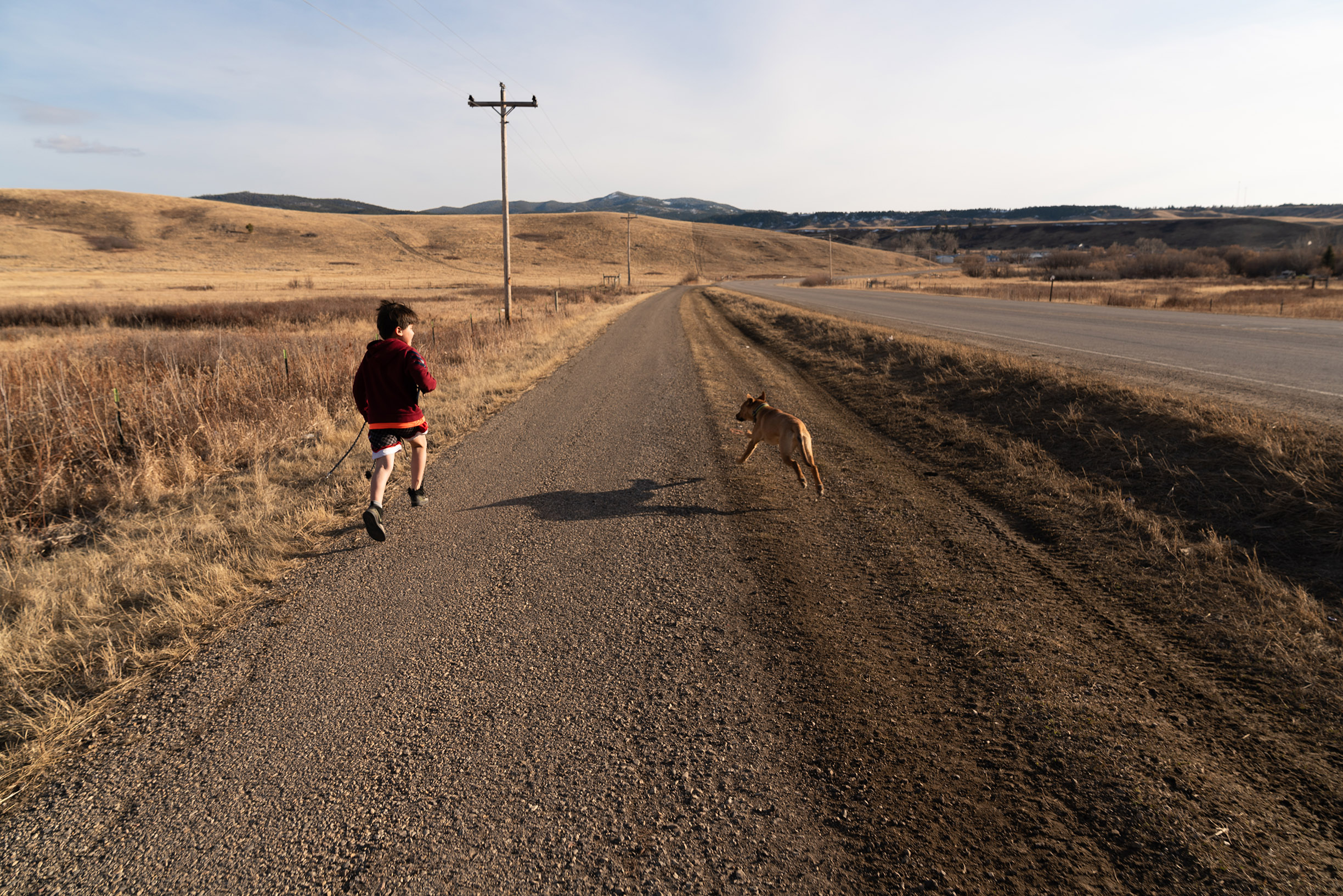
Vital Relief
Montana tribes’ $200 Million path to alleviating a pandemic
Dear Reader,
On March 27, 2020, the Coronavirus Aid, Relief, and Economic Security Act was signed into law. . .
This $2.2 trillion economic stimulus, also known as the CARES Act, was intended to provide critical assistance in response to the coronavirus pandemic.
Of that, $8 billion went to tribal governments across the country. The 12 federally recognized tribes in Montana received $200 million collectively, with each tribal nation allocated at least $14 million and up to 44 million. Though the spending had to tie back to the coronavirus in some manner, individual tribal governments were largely free to use the money in ways that best served their communities.
The impacts of COVID-19, while felt across the country, have been disproportionately strong in Indian Country. High death rates, loss of culture-keeping elders and isolation plagued tribal communities, elevating the severity of the crisis. Embedded in the CARES Act was the opportunity for at least some kind of relief.
Students in the 2021 Native News Honors Project set out to learn more about how Montana tribes responded to the coronavirus pandemic, looking specifically at how CARES Act funding was used to alleviate their most pressing issues. These funds were not spent identically. Tribes sought to mitigate the pandemic’s direct effects but also saw an opportunity to address long-standing disparities, stemming from historic inequities perpetrated by the federal government. While the novel coronavirus did not create these issues, it exacerbated them.
The Little Shell Tribe of Chippewa Indians bought a clinic to start its own health center after years of inequity in health care access. East of the Rocky Mountains, the Blackfeet Nation updated telecommunications infrastructure, improving internet and cellular service throughout the reservation. The Crow tribe launched its own police force, which would ultimately shut down months later. And in the town of Frazer, money from the CARES Act went toward fixing a leaking wastewater lagoon on the Fort Peck reservation, opening up possibilities for new development.
On the Fort Belknap reservation, community members used cultural practices as a form of youth suicide prevention. The Flathead Indian Reservation addressed a serious houselessness issue, using CARES Act funds to purchase homes. On the Northern Cheyenne reservation, administrators at the local high school worked tirelessly to lessen the impact of isolation after the reservation’s public school remained closed throughout the pandemic.
While each story is different, they are woven from a common thread. The coronavirus pandemic is one of the greatest catastrophes of our lifetime. The following pages tell stories of grief, resilience, tribulation and recovery.
Sincerely,
Montana Native News Honors Project Staff

Insecure
The rise and fall of the Crow Nation Police Department
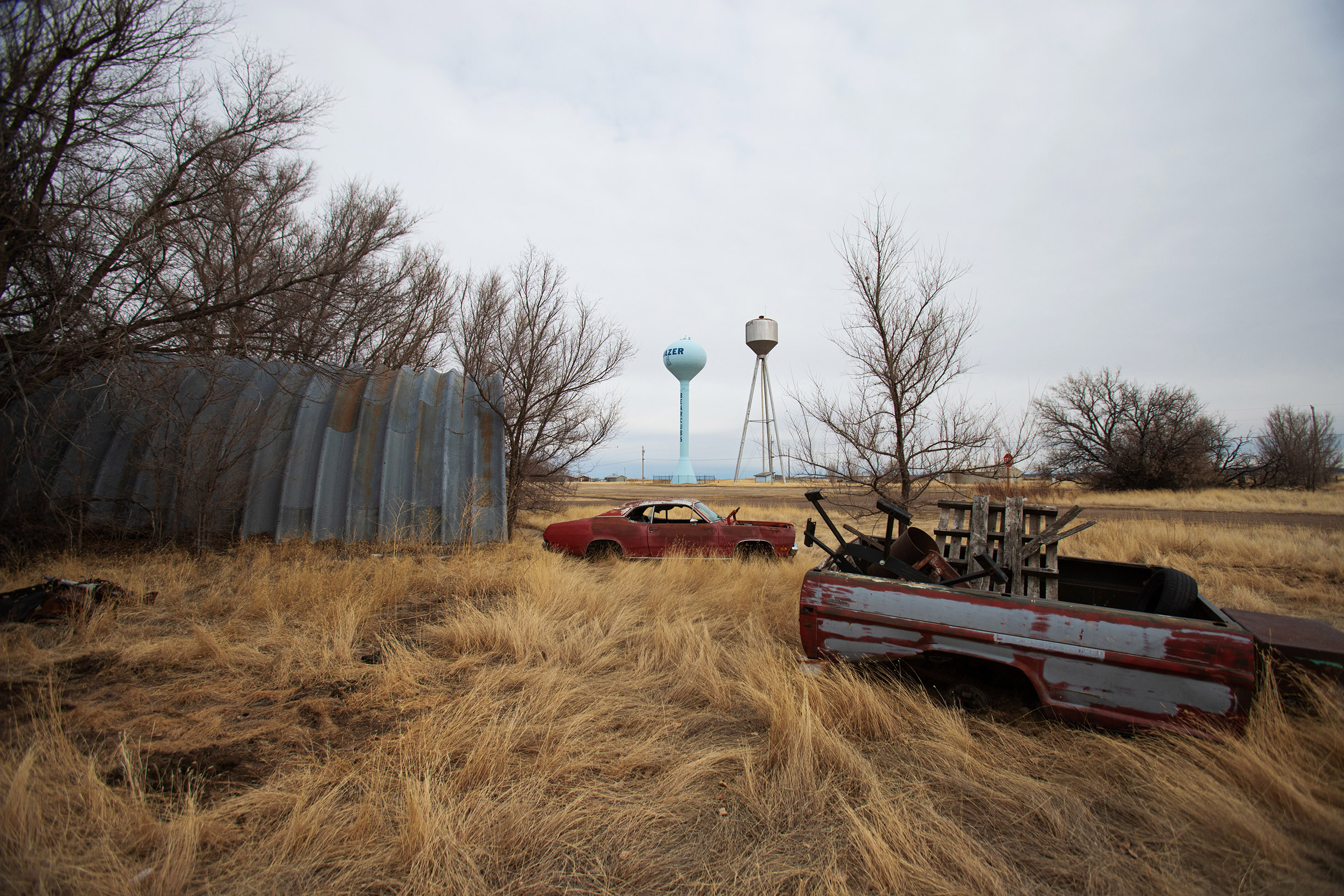
Stopping the Leak
Fixing Frazer’s lagoon could give the town a fresh start
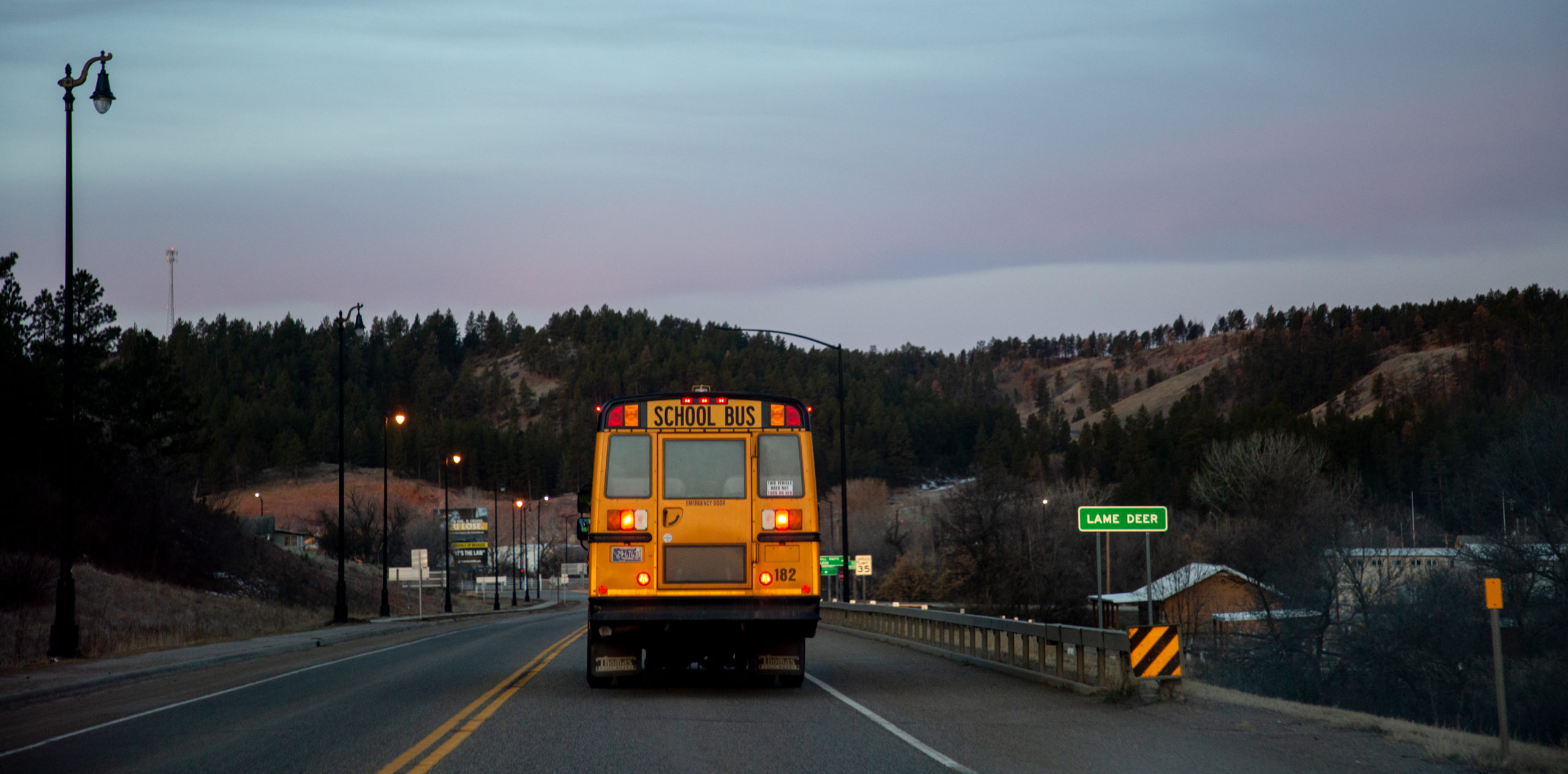
Saved by the Bell
The bittersweet return to school

Keeping the Keepers
Defending tribal knowledge by protecting elders
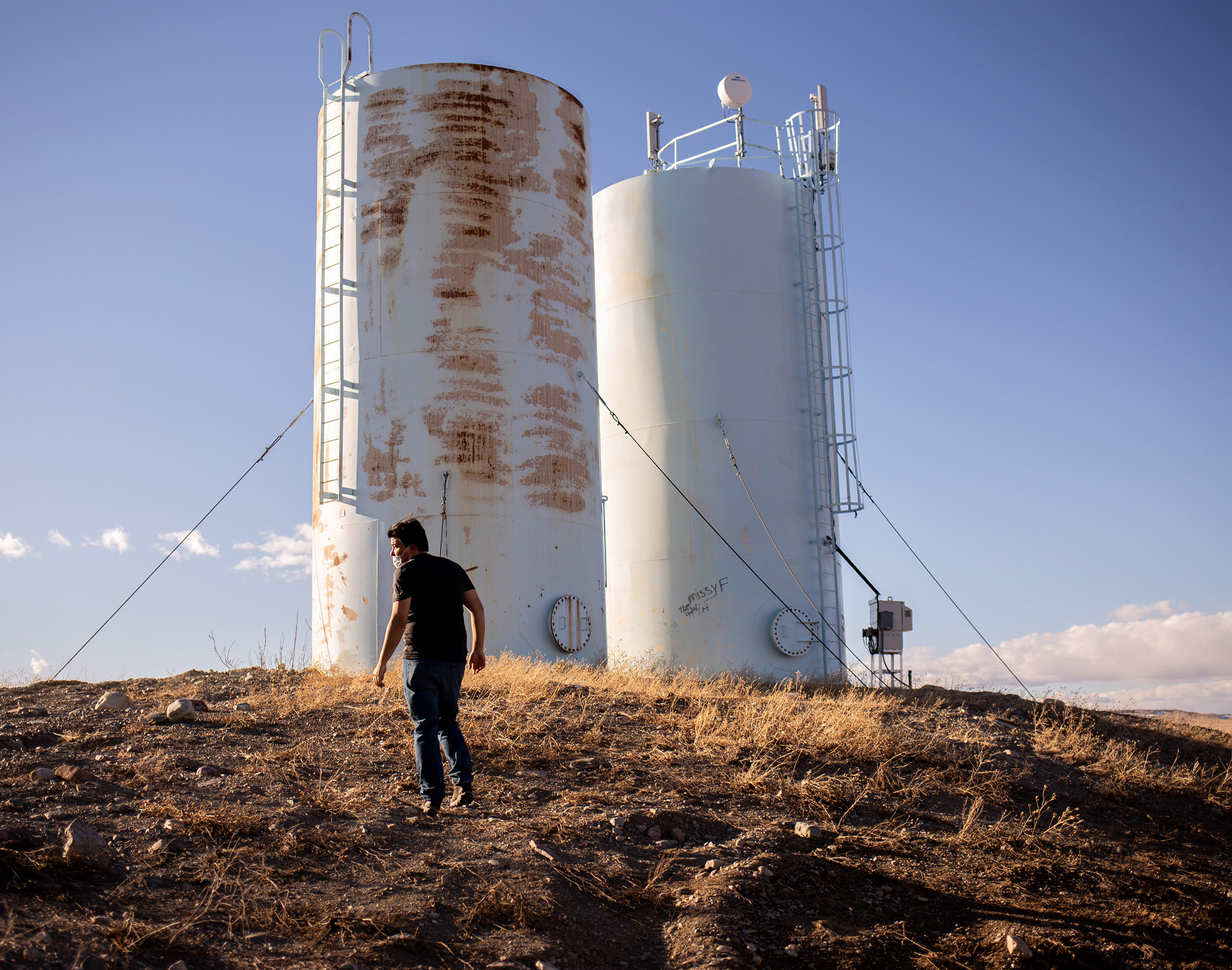
Investing in Connection
Blackfeet Nation gains independence through telecoms
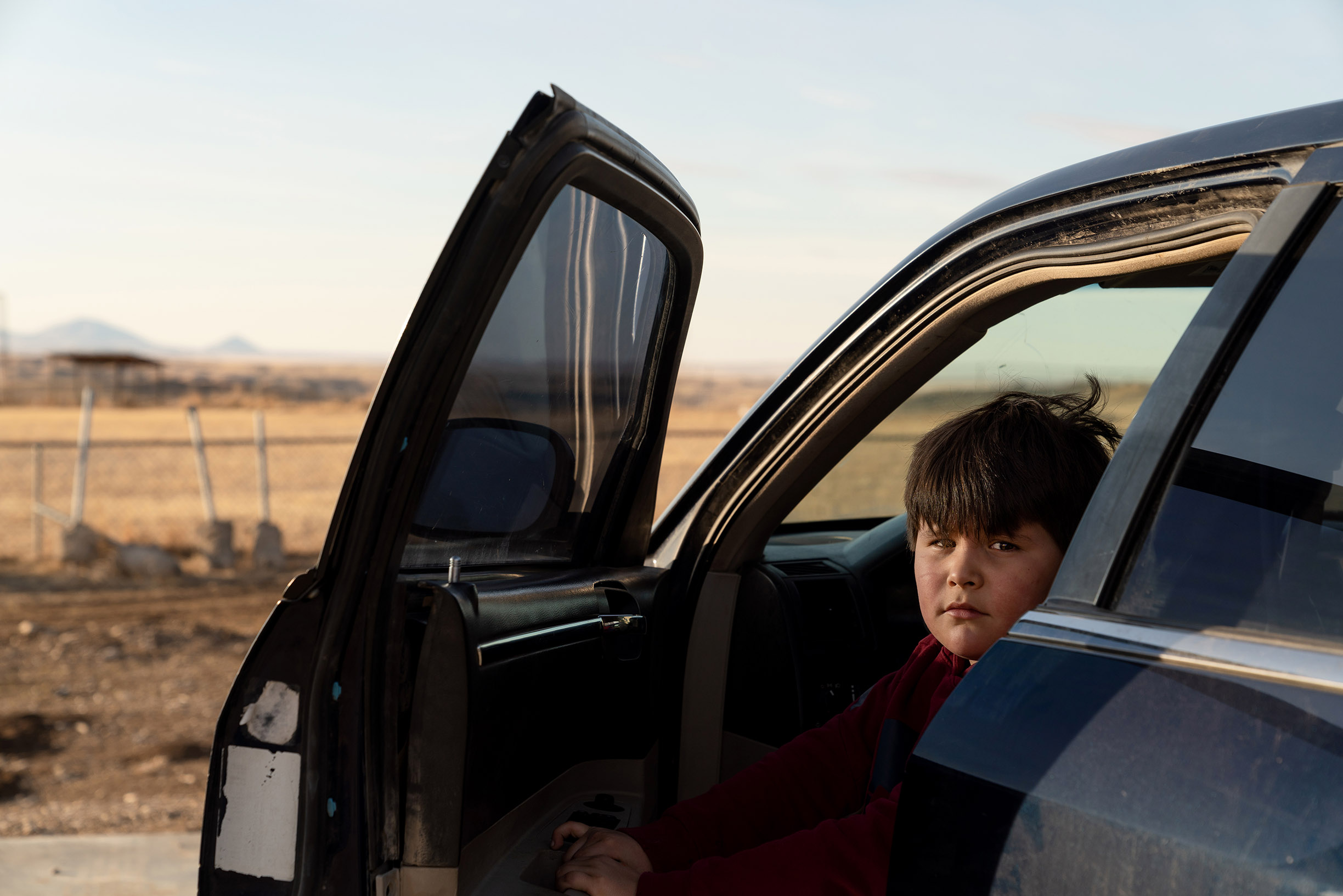
Inner Strength
Healing a mental health crisis through culture
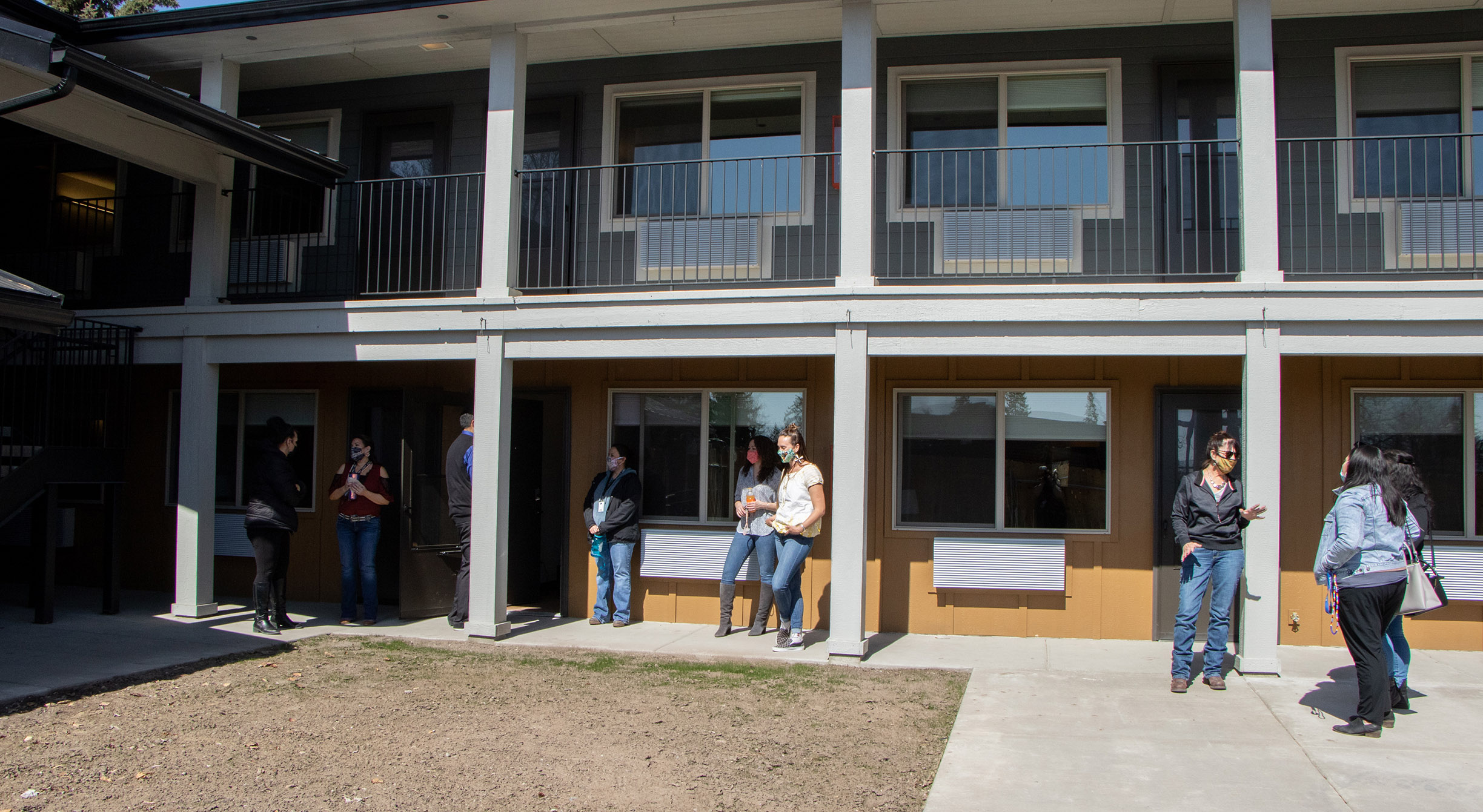
A Home that Isn’t
COVID-19 exposes housing crisis on Flathead
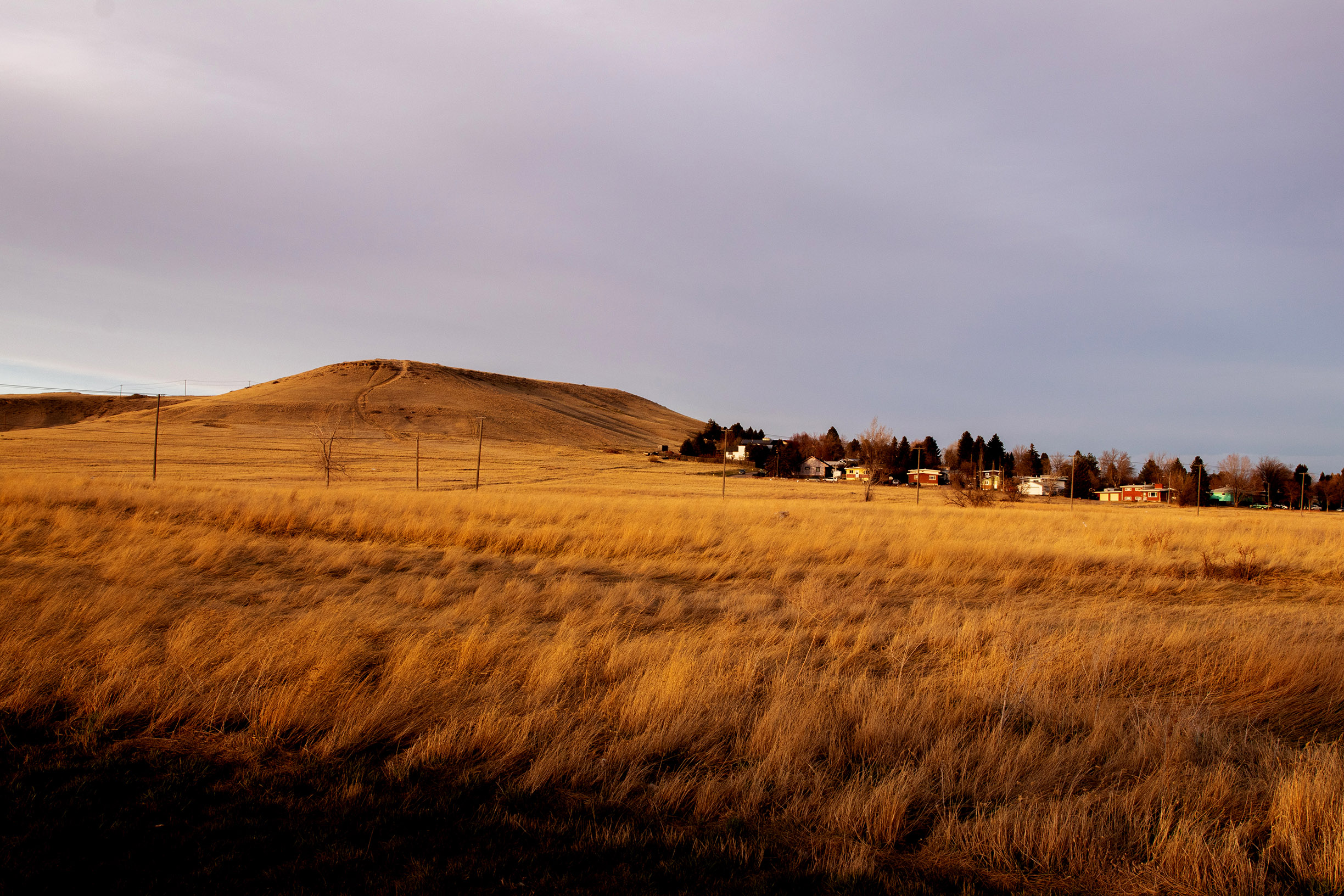
Independence through Access
LIttle Shell Tribe forges a path to health care
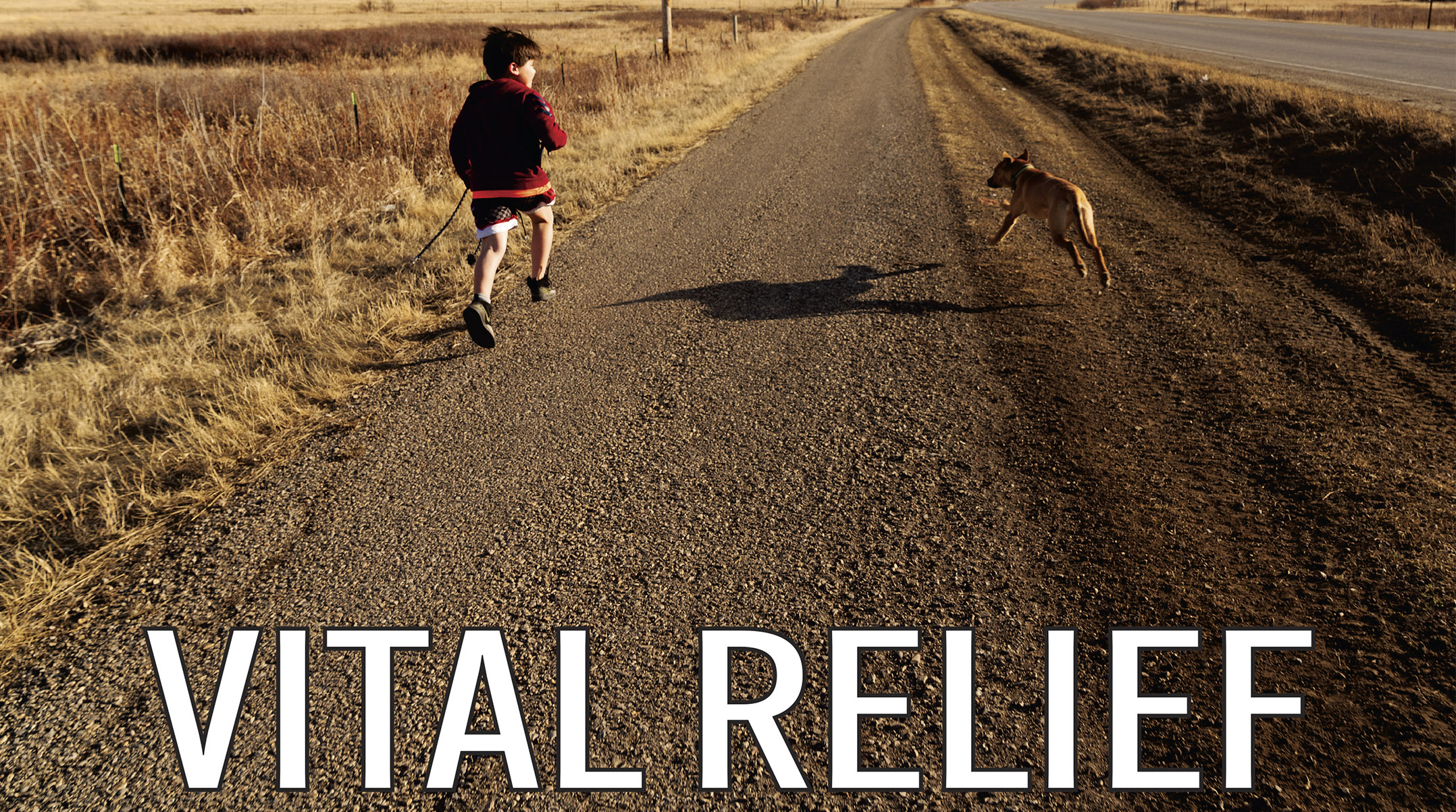
Download PDF version